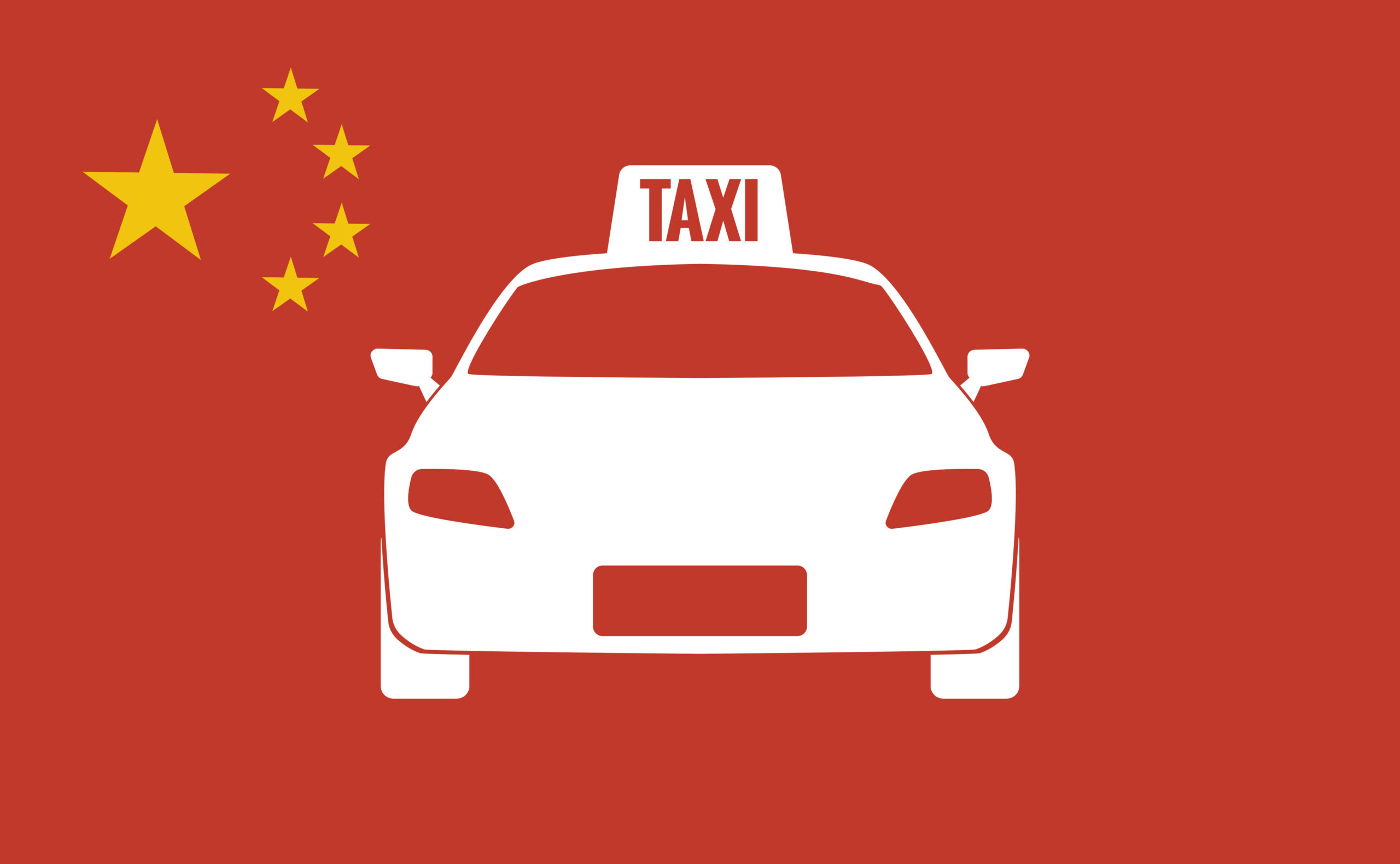Wuhan, the bustling city in central China with over 11 million residents, is becoming a global hotspot for driverless technology. Thanks to Apollo Go, a subsidiary of tech giant Baidu (BIDU), self-driving taxis are now a reality in the city.
Offering six-mile rides for just 50 cents, these autonomous vehicles are setting the stage for Wuhan to potentially become the world’s first fully driverless city.
Apollo Go’s ambitious expansion
Launched in 2022, Apollo Go’s fleet of 500 driverless taxis covers approximately half of Wuhan’s population.
This impressive service is set to expand rapidly, with plans to double the fleet to 1,000 vehicles by the end of 2024.
This swift growth highlights the growing acceptance and enthusiasm for autonomous vehicles, though it has also sparked debates about the implications for traditional transportation services.
Cost comparison: Autonomous vs. traditional taxis
One of the most compelling features of Apollo Go’s service is its affordability.
With base fares starting at just 4 yuan (approximately 55 pence), the cost is significantly lower than the 18 yuan (£2.48) charged by traditional taxis.
This price disparity has made driverless taxis an attractive option for many Wuhan residents.
However, this cost advantage has raised concerns among local taxi drivers and gig economy workers, who worry about their livelihoods amidst a challenging economic environment characterized by stagnant wages and economic slowdowns.
Economic impact and public concerns
The introduction of robotaxis comes at a time of economic uncertainty in China.
The National Bureau of Statistics reported a GDP growth of only 4.7% for the April to June period, falling short of the 5.1% forecast.
This slower growth has amplified worries about job security and economic stability.
Additionally, there have been practical challenges associated with the deployment of autonomous vehicles.
Reports of traffic disruptions and reliability issues, such as a recent incident where a robotaxi ran a red light causing a pedestrian accident, have raised concerns among residents.
The reliability of these vehicles is being closely scrutinized, and social media platforms like Weibo have seen a surge in discussions criticizing Apollo Go’s pricing and the potential displacement of traditional taxi services.
Global perspective on autonomous vehicles
China’s push for autonomous taxis mirrors similar efforts around the world. In the United States and the United Arab Emirates, companies like Waymo and Cruise are advancing driverless technology, although they face their own set of challenges, including regulatory hurdles and safety concerns.
For instance, Cruise’s testing permit in California was recently suspended following a series of accidents.
Despite these challenges, the future of autonomous vehicles looks promising.
A report from consulting firm McKinsey forecasts that the sector could generate between $300 billion to $400 billion in revenue by 2035, driven in part by strong support from the Chinese government for pilot programs.
Government support and future outlook
In China, several major cities are leading the charge in autonomous vehicle trials. Wuhan, Shenzhen, and Shanghai have granted commercial licenses for these experiments.
Shanghai’s Pudong New Area has recently issued licenses to driverless car operators like Apollo Go and Alibaba-backed AutoX. Additionally, California-based startup Pony.ai, with backing from Toyota and Saudi Arabia, has also received approval to test its autonomous vehicles in Shanghai.
Beijing is actively seeking public input on regulations for autonomous vehicles, aiming to ensure safety and compliance with local laws.
The Beijing Municipal Bureau of Economy and Information Technology has proposed guidelines that require autonomous vehicles to have drivers or safety officers onboard or be capable of remote interception.
In Shenzhen, Apollo Go has been granted a license to charge for its services in Bao’an district, marking a significant step in the commercialization of autonomous transportation.
As driverless technology continues to evolve, cities across China and around the world are watching closely. The successful integration of autonomous vehicles into daily urban life could set a precedent for future advancements in transportation.
The post China’s 50 cents driverless taxi revolution sparks economic and safety debates appeared first on Invezz






















